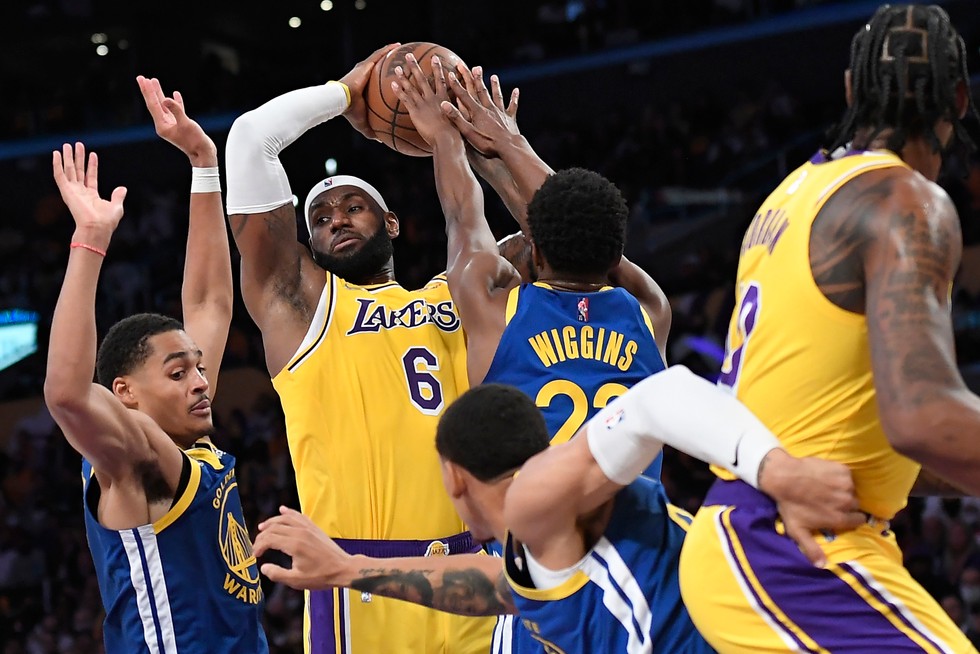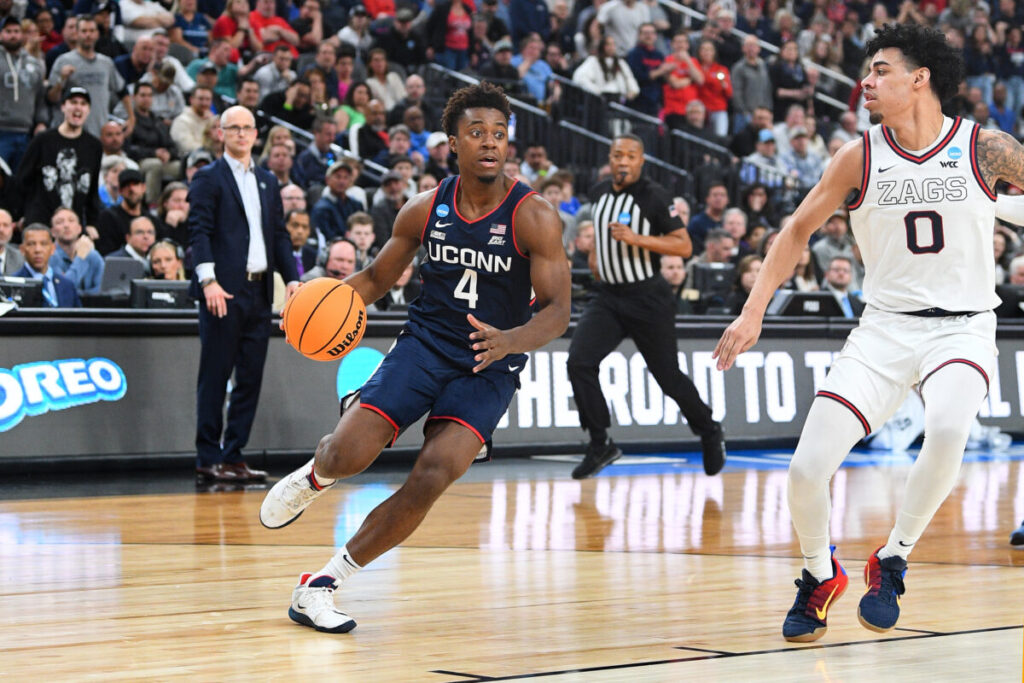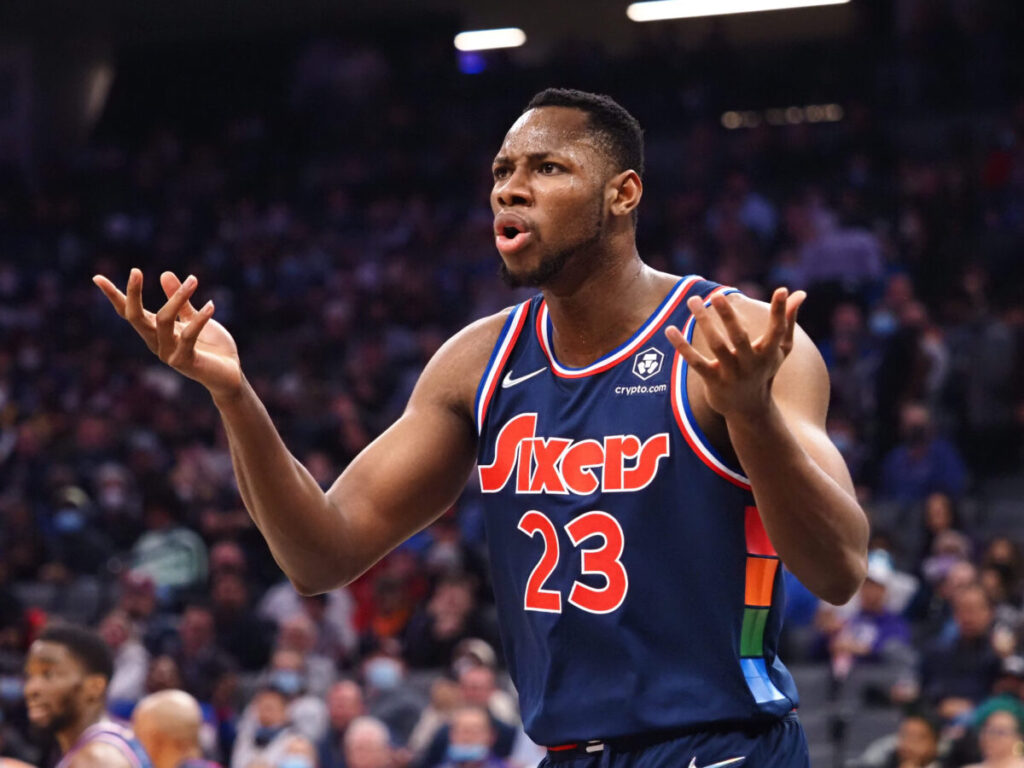
The National Basketball Association (NBA) is a world-renowned league that captivates fans with thrilling games and star-studded matchups. But behind the excitement of the slam dunks and buzzer-beaters lies a complex and intricate process that ensures each of the 30 teams plays 82 games every season.
Crafting the NBA schedule is a task that requires careful planning, strategic thinking, and a delicate balance between competitiveness, player well-being, and logistical considerations. From divisional rivalries to arena availability, the NBA schedule is a jigsaw puzzle that must fit perfectly. This article delves into the fascinating world of NBA scheduling, unraveling the methods, rules, and technologies that make such a massive schedule possible.
Basic Rules and Structure
Division and Conference Play
In the heart of the NBA’s scheduling process lies a well-defined structure that governs how teams compete throughout the season. Every team must play four times with the rest of the four teams from the same division, four times with six teams from different divisions but the same conference, and twice with the 15 teams from the other conference.
Additionally, every five years, the playing four times with six teams must change. This foundational rule ensures that the schedule is not only fair but also brings a variety of matchups to the fans, keeping the season fresh and exciting.
Special Plans
The NBA is not just about regular games; it’s a spectacle that includes special events and traditions. The league has specific plans for certain days like Christmas Day, where marquee matchups are scheduled to entertain fans during the holiday season.

The All-Star Weekend is another highlight, requiring careful planning to ensure that the league’s best players come together for a weekend of fun and competition. Furthermore, there are no-game days for the NCAA final, allowing college basketball to have its moment in the spotlight. These special plans add flavor to the regular season games and require meticulous attention to detail.
Team Requests
Beyond the standard structure, teams have some say in their scheduling. Each team can ask for three home games to be arranged on appointed dates for market promotions, ticket sales, or other specific purposes. This adds a layer of customization to the schedule, allowing teams to align their games with local events or marketing strategies. However, it also adds complexity, as the league must accommodate these requests while maintaining the overall balance of the league schedule.
Arena Availability
NBA arenas are bustling venues, hosting not only basketball games but also concerts, exhibitions, and other sports events. If a team cannot play at home for a while because the arena has to be used for other events, the league must consider keeping them playing away games with teams from the other conference.
This consideration ensures that the arenas are utilized efficiently while also taking into account the team’s travel and rest schedule. The multi-use nature of the arenas creates a challenging puzzle that the league must solve each season.
Reducing Player Fatigue
Back-to-Back Games
The physical demands of professional basketball are immense, and the NBA has made concerted efforts to reduce player fatigue. One significant step has been cutting down on back-to-back games. In recent seasons, the league has reduced the average number of back-to-back games for each team, reaching the fewest in the NBA history. This reduction not only helps in player recovery but also ensures that fans get to see their favorite players performing at their best.
Fresh vs. Tired Considerations
The league’s scheduling also takes into account the freshness of the teams. When a team is playing the second back-to-back game against another team that has been resting for days, it is seen as a fresh versus tired matchup. The league tries to avoid such arrangements, aiming for a more balanced competition. This consideration reflects the NBA’s commitment to fairness and the well-being of its players.

The subsequent sections of this article will delve into the technological advancements in scheduling, the utilization of arenas, special cases, and adjustments that shape the NBA schedule. From the historical perspective of manual scheduling to the modern use of algorithms, the journey of NBA scheduling is a fascinating tale of innovation, collaboration, and constant evolution.
Technology and Human Intervention
Historically, the NBA relied heavily on manual processes for scheduling. For 30 years, Matt Winick, the league’s Senior Advisor to President of Basketball Operations, was the mastermind behind the schedule. Using his computer, Winick inputted rules and restrictions, allowing software to randomly arrange the various games played. This method, while effective for its time, had its limitations and was prone to human error.
Modern Approaches
Today, the NBA employs a combination of advanced algorithms, artificial intelligence, and human oversight to craft its schedule. Factors such as “fresh,” “tired,” and “even” are taken into account to ensure competitive balance. For instance, the league aims to avoid situations where a team playing its second game in two days (tired) faces off against an NBA team that has had multiple days of rest (fresh).
Moreover, while technology plays a significant role, the league ensures there’s room for human intervention. This balance between machine precision and human judgment ensures that the schedule is not only fair but also accommodates unforeseen circumstances and last-minute changes.
The Role of Broadcasters
In the age of digital media, broadcasting rights have become a crucial consideration in NBA scheduling and game operations. Major TV partners like TNT, ABC, and ESPN have specific requirements, especially for primetime games. The league collaborates closely with these broadcasters to ensure nationally televised games are scheduled for maximum viewership, without compromising on team rest and travel considerations.
Arena Utilization and External Demands
NBA arenas are architectural marvels designed for more than just basketball. They host a myriad of events, from concerts and award shows to other sporting events. This multi-purpose nature means that the NBA must work around other schedules, adding another layer of complexity to the scheduling process.
Each of the 30 NBA teams has its unique challenges. Some share their arenas with NHL teams, leading to potential scheduling conflicts. Others might have local events or traditions that the league must consider. For instance, the Staples Center in Los Angeles hosts the Grammy Awards, which affects the home schedules of both the Los Angeles Lakers and the Los Angeles Clippers.

With all these considerations, the league’s primary goal remains fairness. While it’s impossible to satisfy every request and avoid every conflict, the NBA strives to ensure that no team is unduly disadvantaged by the schedule. This commitment to equity is what makes the NBA one of the most respected leagues in professional sports.
Special Cases and Adjustments
The NBA schedule is not set in stone; it’s a dynamic entity that must adapt to various special cases and unexpected adjustments. This section explores some of the unique scenarios and alterations that can shape the NBA schedule.
COVID-19 Adjustments
The global pandemic brought unprecedented challenges to the NBA, leading to significant changes in game operations and the schedule. The original 82-game schedule was reduced, and new formats were introduced, such as the play-in tournament. Health and safety protocols led to game postponements and rescheduling, requiring flexibility and rapid response from the league.
Election Day Consideration
In a move reflecting the NBA’s commitment to civic engagement, the league decided not to schedule games on Election Day. This decision allowed players, staff, and fans to participate in the democratic process without distraction. It’s an example of how the NBA schedule can be a platform for broader societal values.
Broadcasters’ Rights and Preferences
While touched upon earlier, the influence of broadcasters extends to special adjustments as well. TV partners may have preferences for specific matchups or require changes to accommodate national broadcasts. The league works closely with broadcasters to make these adjustments, balancing the needs of the media with the integrity of the schedule.

Venue Conflicts and Resolutions
Sometimes, conflicts arise due to other events scheduled in the same venue, such as NHL games or major concerts. These conflicts must be resolved at the planning stage, requiring careful coordination and sometimes leading to unique scheduling solutions.
Emergency Situations
Natural disasters, political events, or other unforeseen emergencies can disrupt the planned schedule. The NBA must be prepared to make quick adjustments in these situations, ensuring the safety of players and fans while minimizing disruption to the regular season standings.
Final Words
Crafting the NBA schedule is a monumental task, blending art and science, tradition and innovation, human judgment and technological precision. As fans, we often take for granted the intricacies of this process, focusing instead on the games themselves.
However, understanding the depth and complexity behind the scenes only deepens our appreciation for the game. As the NBA continues to evolve, so too will its scheduling and basketball strategy, ensuring that the league remains at the forefront of global sports for years to come.
Frequently Asked Questions
How do they come up with the NBA schedule?
The NBA schedule is crafted through a complex process that involves several key considerations. It starts with a foundational structure where teams play a specific number of games within their division, conference, and against the other conference.
Special plans are made for events like Christmas Day and the All-Star Weekend. Teams can also request specific home games for promotional purposes. Arena availability, player fatigue, and broadcasting rights are other vital considerations. Modern scheduling employs advanced algorithms and artificial intelligence, balanced with human intervention, to create a fair and balanced schedule.
How many games are scheduled in an NBA season?
In a standard NBA season, each of the 30 teams plays 82 games, making it a total of 1,230 regular games. This number may vary in special circumstances, such as the adjustments made during the COVID-19 pandemic.
How does the new NBA in-season tournament work?
The NBA’s in-season tournament is a proposed format that aims to add excitement and new competitive elements to the regular season. While the exact details may vary, the general concept involves a tournament within the regular season where teams compete in a bracket-style competition.
Wins and losses in the tournament would count towards the regular-season standings, and additional incentives such as cash prizes or draft considerations could be offered to the winning team.
The in-season tournament would be designed to bring added significance to regular-season games and provide fans with additional thrilling matchups. Please note that the implementation and rules of the in-season tournament may change, and it’s advisable to refer to official NBA announcements for the most accurate and up-to-date information.
Sources
1. nbastuffer.com – How the NBA Schedule is Made
2. en.as.com – How is the NBA schedule made? Rules and formula
3. wikipedia.org – National Basketball Association
4. espn.com – What is the NBA in-season tournament?





